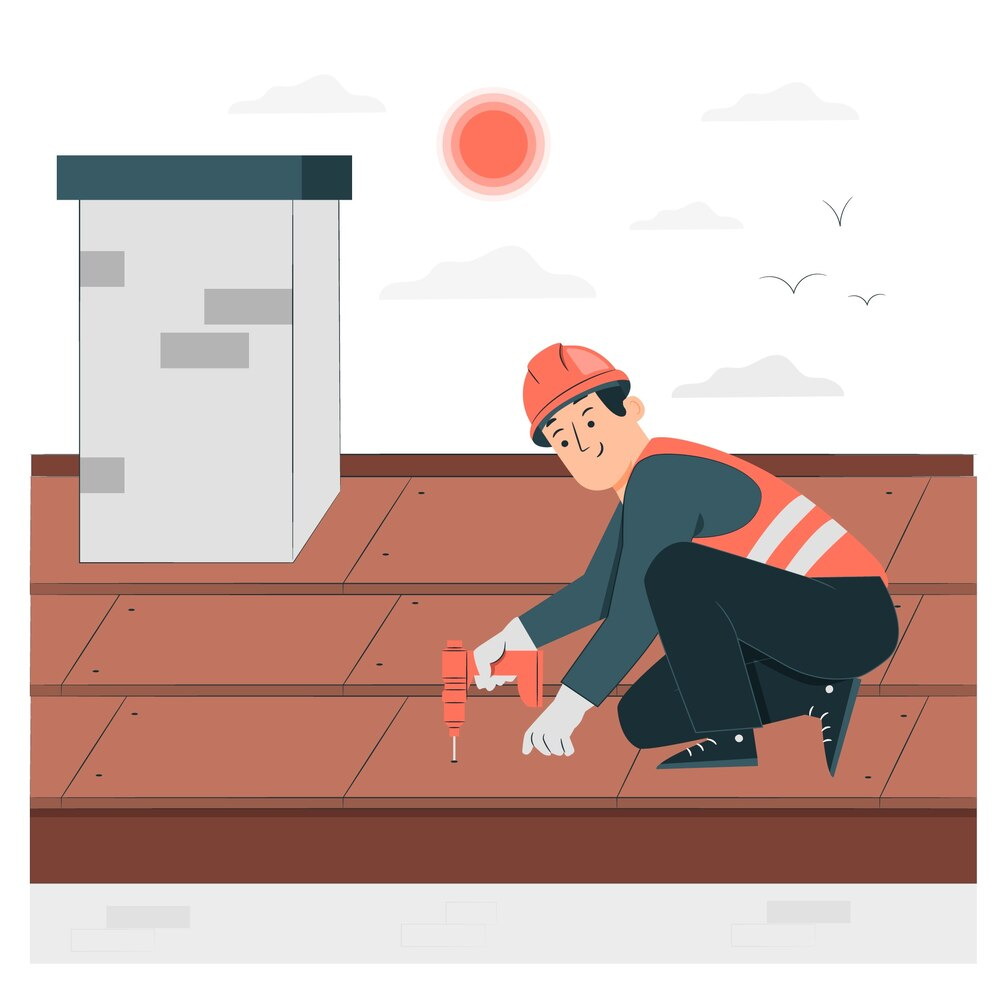
Commercial roofing is a critical investment for businesses, providing protection against the elements and maintaining structural integrity. Over time, however, wear and tear can compromise the roof’s functionality, necessitating timely replacement to avoid costly damage and maintain operational efficiency. This article explores the importance of commercial roof replacement and highlights key considerations for businesses contemplating this essential upgrade.
Understanding the Importance of Commercial Roof Replacement
Commercial roofs are subjected to extensive wear from weather conditions, UV exposure, and foot traffic. As such, regular inspections and maintenance are crucial to identifying signs of deterioration early on. Despite proactive maintenance, there comes a point when repairs are no longer sufficient, and roof replacement becomes necessary to ensure:
- Enhanced Structural Integrity: A new roof improves the structural integrity of your building, preventing leaks and potential water damage that could disrupt business operations.
- Improved Energy Efficiency: Modern roofing materials offer better insulation and reflective properties, reducing heating and cooling costs and enhancing overall energy efficiency.
- Compliance with Building Codes: Upgrading to newer roofing materials ensures compliance with updated building codes and regulations, avoiding potential fines or legal issues.
Signs Your Commercial Roof Needs Replacement
Recognizing when to replace your commercial roof is crucial to avoiding extensive damage and maintaining business continuity. Look out for these signs:
- Age: Most commercial roofs have a lifespan of 20-30 years, depending on the material. If your roof is nearing this age, it may be time to consider replacement.
- Persistent Leaks: Frequent or recurring leaks despite repairs indicate underlying issues that may require a new roof.
- Damage and Wear: Visible signs of damage such as cracks, blistering, or missing shingles indicate the roof’s deteriorating condition.
- Increased Energy Costs: A sudden rise in energy bills could be due to poor roof insulation or ventilation, prompting the need for replacement.
Benefits of Upgrading to a New Commercial Roof
Investing in a new commercial roof offers numerous benefits beyond structural integrity:
- Long-Term Cost Savings: While the initial cost of replacement may seem high, a new roof reduces repair and maintenance expenses over its lifespan.
- Enhanced Property Value: A new roof improves the aesthetic appeal and market value of your property, making it more attractive to potential buyers or tenants.
- Extended Warranty Coverage: Most new roofing materials come with warranties that provide peace of mind against defects and premature failure.
- Environmental Sustainability: Modern roofing materials are often more sustainable, incorporating recycled content and energy-efficient properties that reduce your carbon footprint.
Choosing the Right Roofing Contractor
Selecting a reputable roofing contractor is essential to ensuring the success of your commercial roof replacement project. Consider these factors:
- Experience and Expertise: Look for contractors with extensive experience in commercial roofing and a proven track record of delivering quality workmanship.
- Licensing and Insurance: Verify that the contractor is licensed and insured to operate in your area, protecting you from liability in case of accidents or property damage.
- References and Reviews: Ask for references from past commercial clients and check online reviews to gauge the contractor’s reputation and reliability.
- Detailed Proposal: Obtain written proposals from multiple contractors detailing the scope of work, materials used, project timeline, and cost estimates. Compare these proposals to make an informed decision.
Conclusion
Commercial roof replacement is a significant investment that enhances the durability, efficiency, and value of your business property. By understanding the signs that indicate the need for replacement and selecting a qualified roofing contractor, businesses can mitigate risks, reduce operational disruptions, and ensure long-term protection against environmental elements. Prioritize proactive maintenance and timely upgrades to maximize the lifespan of your commercial roof, ensuring continued success and profitability for years to come.






